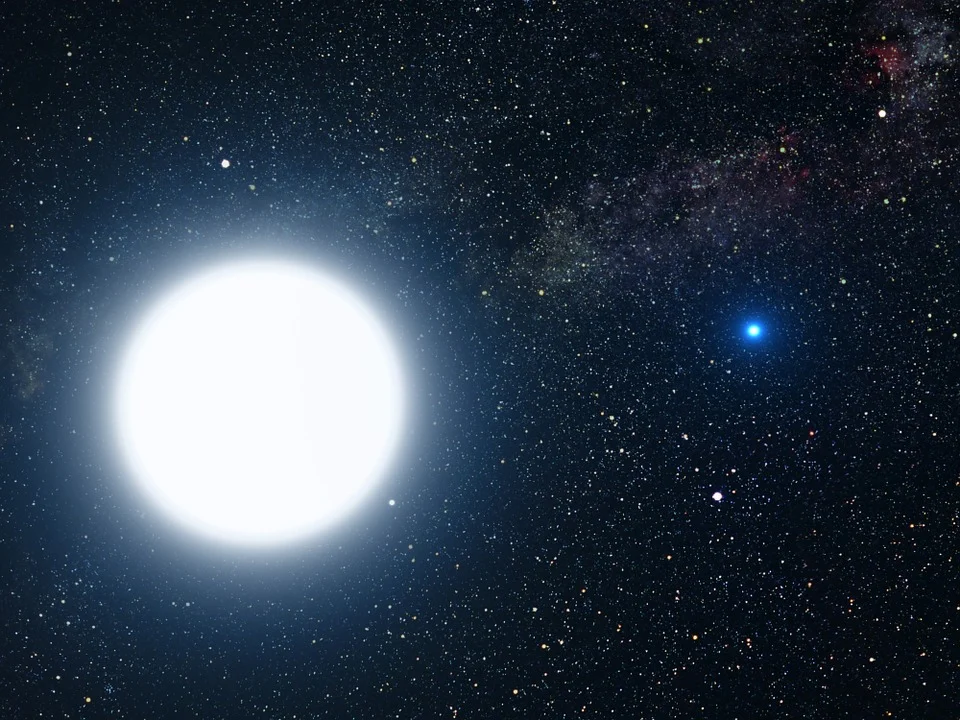In the region of a fading sun, scientists believe there might be a planet that could support life. If verified, it could be the first instance a possibly habitable planet has been discovered circling a white dwarf star.
The planet was discovered within the star’s habitable zone, a region in which the temperature is not too cold and not too high for life to exist.
The sighting was unique to astronomers, according to Professor Jay Farihi from University College London, who conducted the research.
When huge stars die, they form black holes, whereas small stars, such as our Sun, become white dwarfs, meaning stars that have burned up through all available nuclear fuel and as a result they have lost the outer layers. When they initially develop, their size is that of a planet and radiate a bluish-white light.
The hypothetical planet is approximately 60 times closer to its parent star than our planet Earth is to the Sun, and it is 117 light-years away from us.
The researchers don’t have clear proof of the planet’s presence, but the activity of 65 Moon-sized objects around the white dwarf’s goldilocks zone suggests it exists. The distance between the formations does not fluctuate, indicating that they are affected by the gravitational force of a nearby planet.
The habitable zone is a ring of space around a sun within which liquid water might be present on a planet, allowing life to develop. The “Goldilocks zone” is named so because if the planet is much too near the star, it would be too hot, and if it is too far away, it would be too cool, but circumstances within the band are just right.
The findings should encourage scientists to look for concrete proof of worlds orbiting white dwarfs.
The research was published in the Royal Astronomical Society’s monthly notices.















Leave a Reply